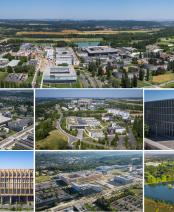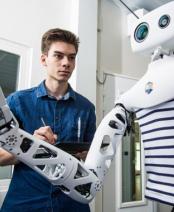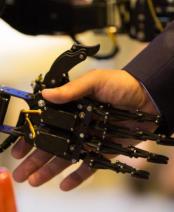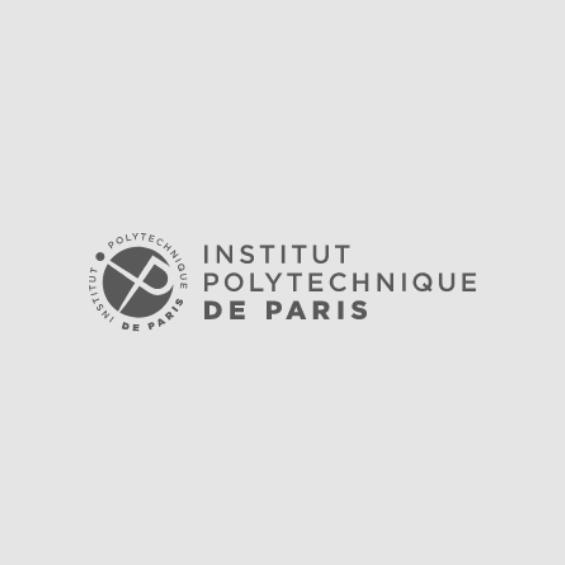Chair "Complex Systems Architecture"
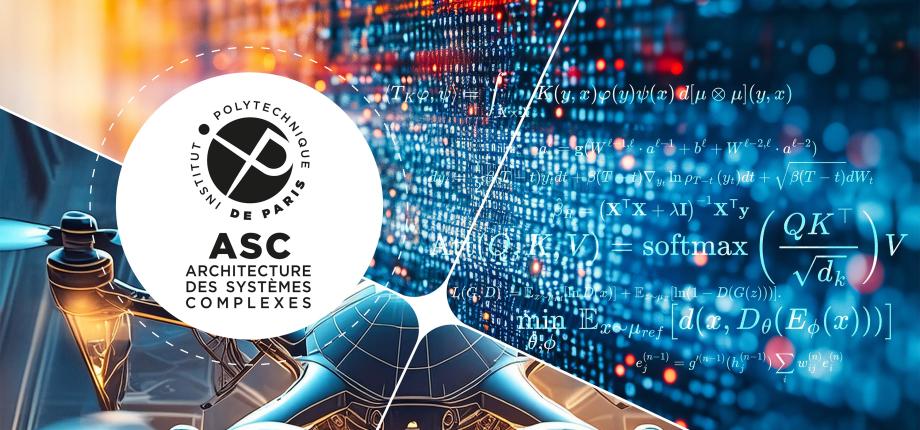
Defense and security challenges
The increasing complexity of industrial and operational systems (including the interconnection of hardware and software, and the networking of organizations) requires a holistic approach, involving mastery of the concepts and principles of system architecture.
This approach encompasses many scientific disciplines, including topics such as Artificial Intelligence, system safety and security, models for system engineering, robotics, and simulation using digital twins.
In the defense sector in particular, these systems must be robust, secure, and designed to be able to evolve with new technologies over the long term.
The ASC chair aims to advance education and research through a systematic and multidisciplinary approach to the architecture of complex systems.
Partners
Dassault Aviation, Dassault Systèmes, Naval Group, Nexter, société de KNDS, et l’Agence de l’Innovation de Défense (AID) are the patrons and partners of this chair at the Institut Polytechnique de Paris, which involves École polytechnique, ENSTA, Télécom Paris and Télécom SudParis.
The chair is led by 4 permanent faculty members, with the support of engineers and postdoctoral researchers, in order to address the complexity of the topic through a comprehensive and complementary approach.


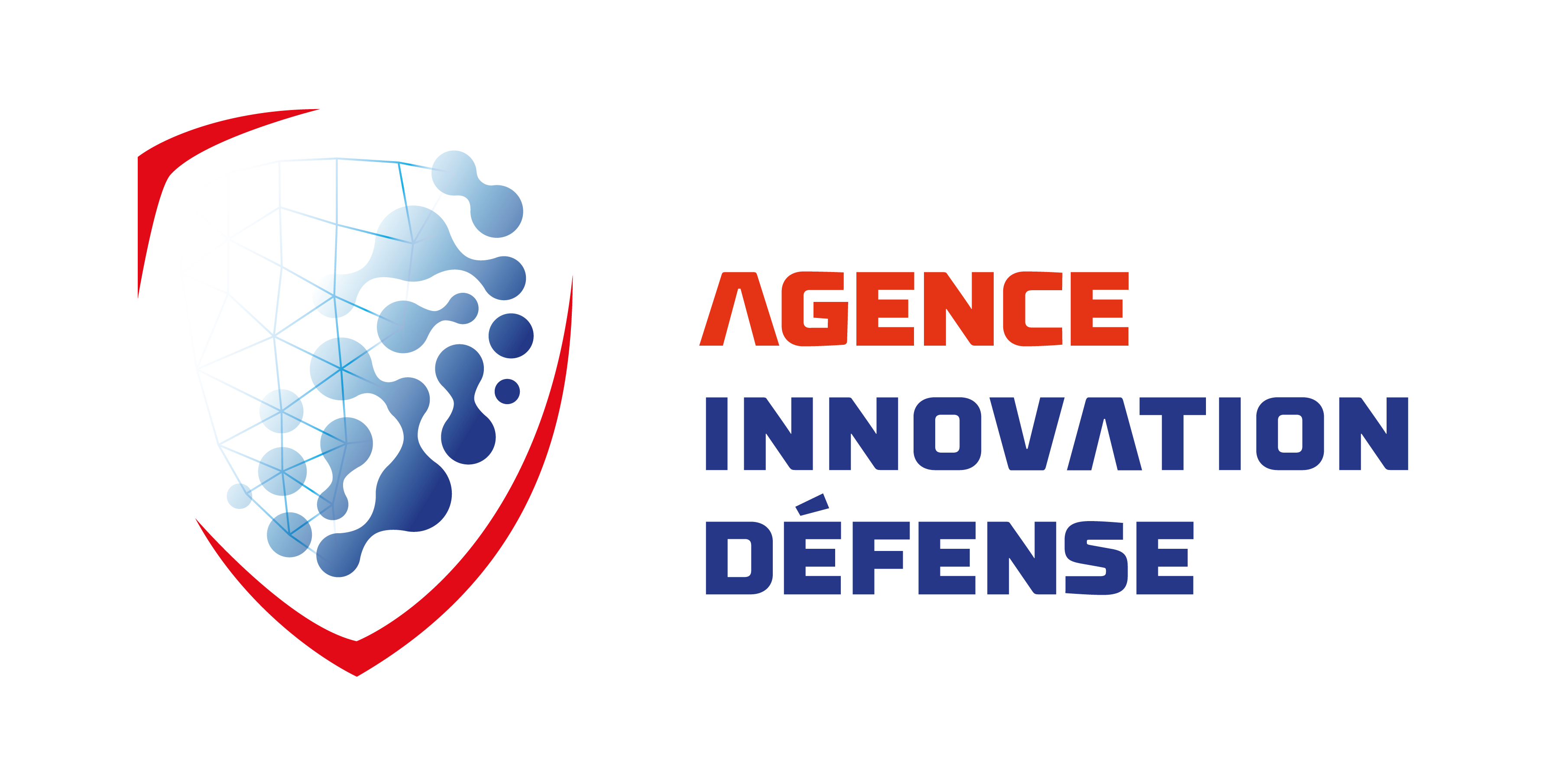

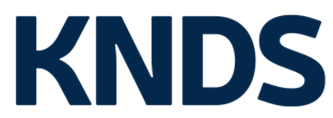
. . . . . . . . . . . . . . . . . . . . . . . . . . . . . . . . . . . . . . . . . . . . . . . . . . . . . . . . . . . . . . . . . . . . . . . . . . . . . . . . . . . . . . . . . . . . . . . . . . . . . . . . . . . . . . . .
The project management of the ASC chair is handled by the CIEDS
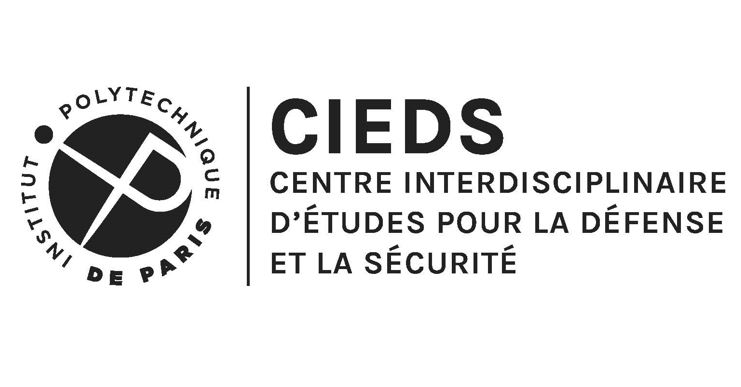
. . . . . . . . . . . . . . . . . . . . . . . . . . . . . . . . . . . . . . . . . . . . . . . . . . . . . . . . . . . . . . . . . . . . . . . . . . . . . . . . . . . . . . . . . . . . . . . . . . . . . . . . . . . . . . . .
________________________________________________________________________________________________________________________








